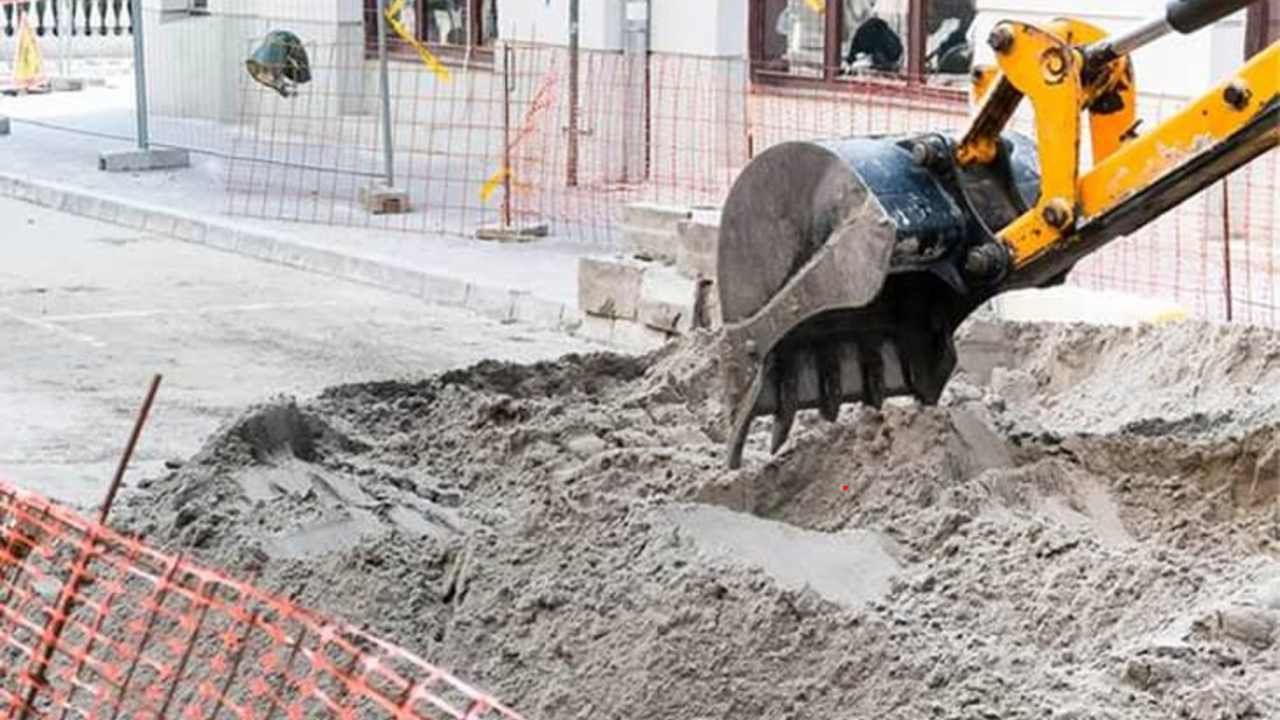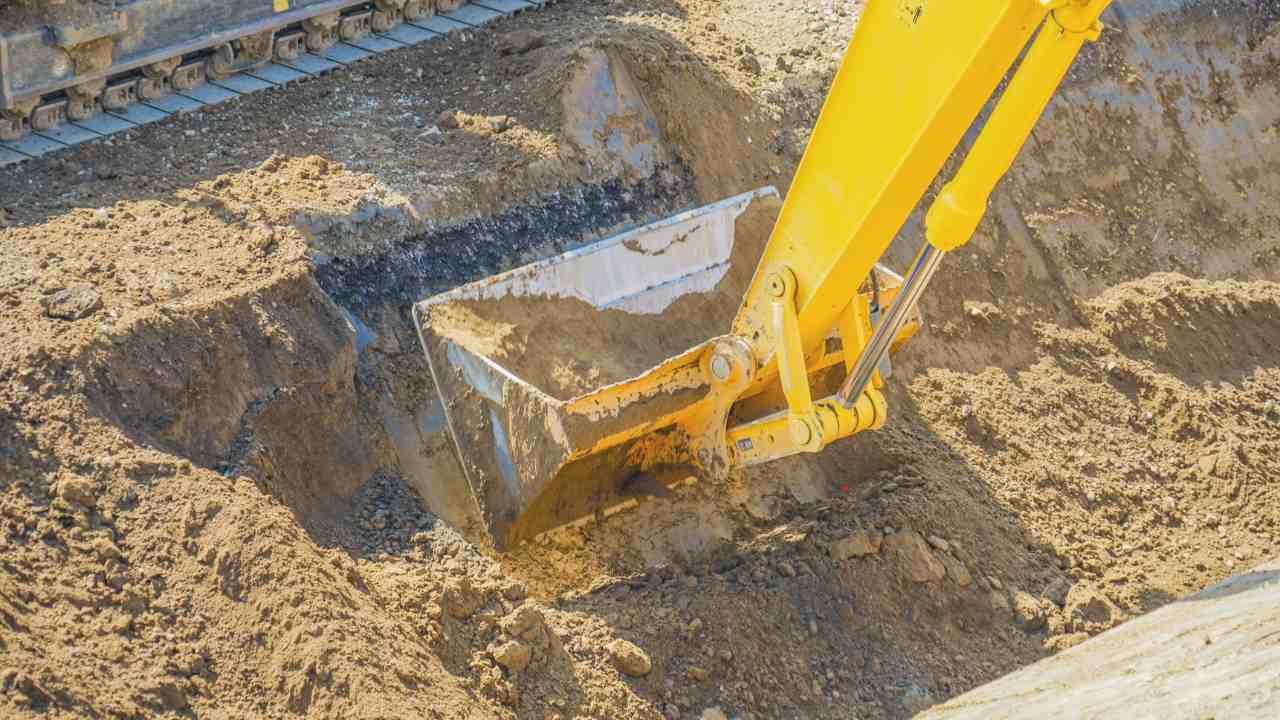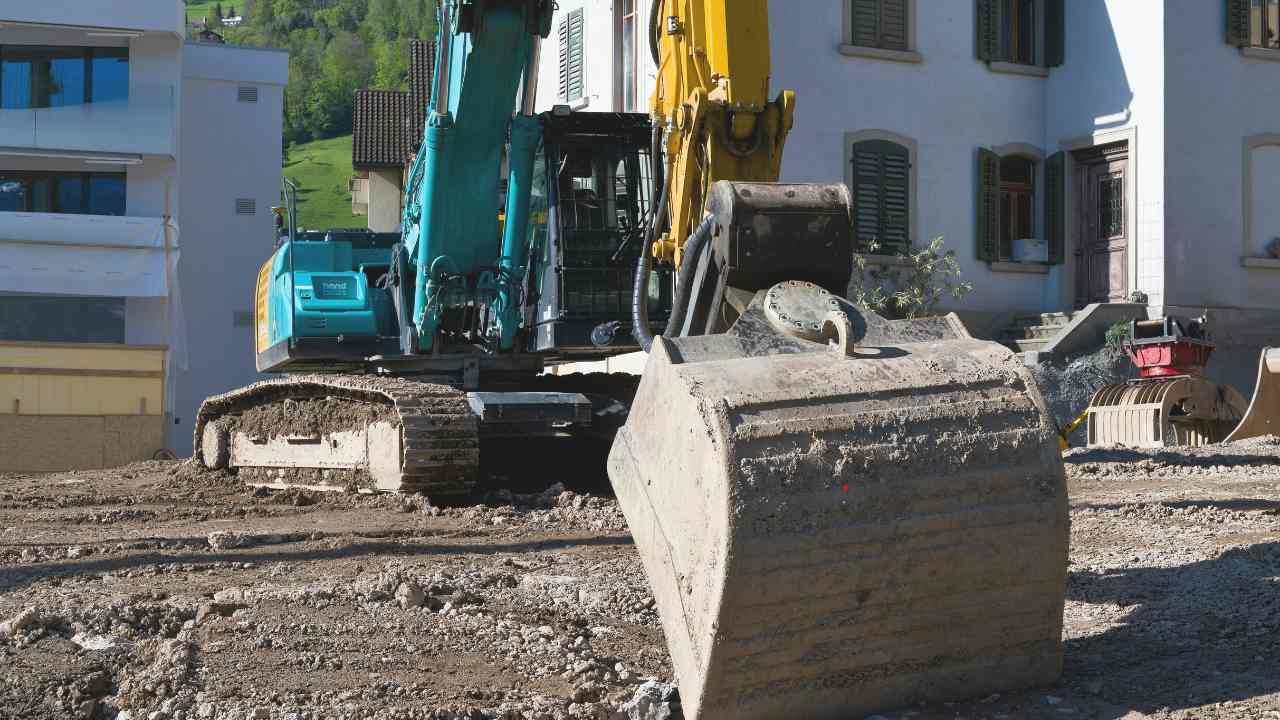Excavation Safety Tips for Septic Contractors and Homeowners

When it comes to installing or repairing a septic system, excavation is often the first step—and the most dangerous if not done properly. Whether you're a seasoned septic contractor or a homeowner overseeing a backyard dig, safety should always be the top priority. Even a small misstep can result in serious injuries, property damage, or costly delays.
In this post, we’ll cover the essential excavation safety tips every septic project should follow—from pre-dig prep to on-site protocols.
1. Call Before You Dig—Every Time
One of the most common excavation mistakes is failing to locate underground utilities. Before breaking ground, always contact your local utility notification center (usually by dialing 811) to have buried lines marked. This includes gas, electric, water, sewer, and telecommunication lines. Cutting into any of these can lead to outages, fines, or life-threatening situations.
For homeowners: Never assume you know where the lines are. Even if you’ve dug in your yard before, utility routes may change or be deeper than expected.
2. Inspect and Plan Your Site
Every excavation site is unique. Before work begins, walk the entire area to:
- Identify slopes, tree roots, or unstable soil
- Mark out the full dig zone
- Check for signs of surface water or drainage issues
- Plan for access and equipment movement
Septic contractors should assess the soil type, depth of excavation, and expected load on trench walls to determine if shoring, sloping, or benching is required.
Case Study:
Groundscapes Inc., a trusted provider of septic service in Spencer MA, once avoided a serious cave-in by postponing a dig after detecting excessive moisture in the soil during their pre-inspection. Their proactive safety protocol prevented costly damage and potential injury, underscoring the value of taking time to assess before moving a single scoop of earth.
3. Use the Right Equipment—and Maintain It
Heavy machinery like backhoes and mini-excavators are common in septic work, but even the best machines can be hazardous if poorly maintained. Regularly inspect equipment for leaks, worn parts, or malfunctioning safety features. Ensure that all operators are trained and certified where required.
For DIYers or homeowners renting equipment: Only use tools you're comfortable handling. Never bypass safety features or try to lift beyond the machine’s rated capacity.
4. Protect People with Clear Zones and Communication
A safe work site is a well-marked one. Use fencing, barricades, or caution tape to clearly outline the excavation zone. Keep bystanders, children, and pets far from the site. If you're working with a contractor, ask them to post signs and communicate daily about where it’s safe to walk or park.
Also important—use hand signals or radios for clear communication between equipment operators and ground crew. Misunderstandings can turn dangerous quickly.
5. Know the Signs of a Dangerous Trench
Any trench deeper than 5 feet poses a collapse risk if not properly protected. Warning signs include:
- Cracks or bulges in the trench wall
- Water seeping into the trench
- Vibration from nearby traffic or machinery
- Soft or unstable ground around the edges
If you see any of these, stop work immediately. Contact your septic service Spencer MA provider or a qualified safety inspector to evaluate the situation before proceeding.
Conclusion
Excavation safety is everyone’s responsibility. Whether you're hiring out the job or getting your hands dirty, following these tips will help keep your septic project on track and injury-free. Professional crews like Groundscapes Inc. follow strict safety protocols when providing septic service in Spencer MA, ensuring their clients can count on both quality and peace of mind.
Need expert excavation services that prioritize safety from start to finish? Contact a trusted local contractor before your next septic project.




